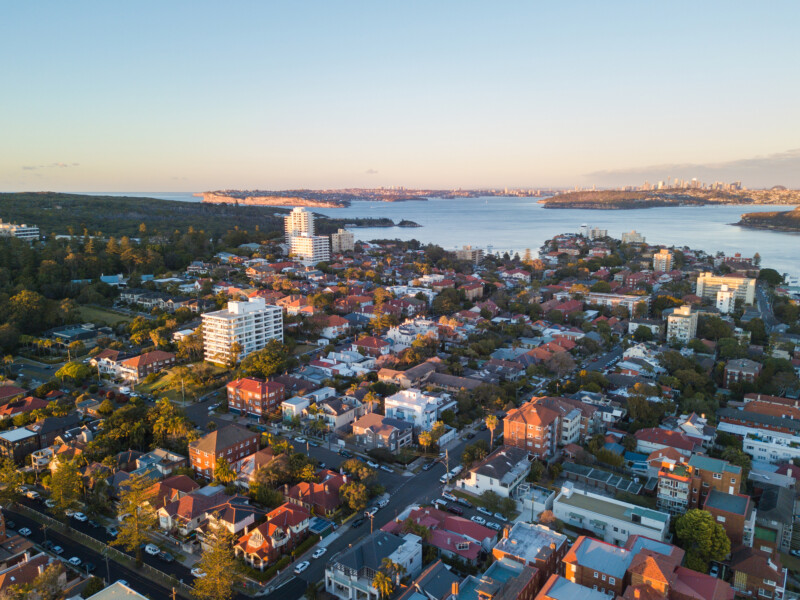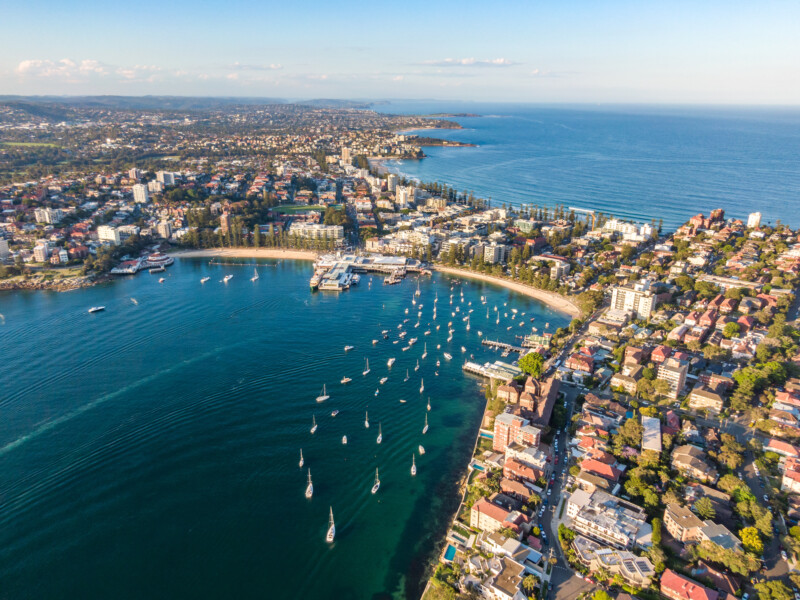In the late 19th century, Australia experienced rapid growth and urbanization, leading to the emergence of several bustling capital cities. Among these, two cities stood out as the largest and most influential in 1888. The year 1888 marked a significant period in Australian history, as the colonies were starting to transition towards becoming a unified federation.
During this time, Sydney and Melbourne emerged as the dominant capital cities, each boasting their own unique characteristics and strengths. Sydney, the oldest and most populous city in Australia, was a major hub for trade and commerce, with a bustling port and thriving economy. Meanwhile, Melbourne, known for its grand Victorian architecture and cultural sophistication, was on track to becoming a leading center for arts and education.

Together, these two cities played pivotal roles in shaping the social, political, and economic landscape of Australia in 1888. This article will delve into the history and significance of Sydney and Melbourne during this pivotal period, exploring the factors that contributed to their rise as the two largest capital cities in Australia.
The two largest capital cities in Australia in 1888 were Sydney and Melbourne. At that time, Sydney was the largest city and the capital of New South Wales, known for its harbor and shipping industry. Melbourne, the capital of Victoria, was the second largest city and a major financial and cultural center. These two cities were the main centers of population, commerce, and government in Australia during the late 19th century.
Table of Contents
Introduction: Australia’s Urban Landscape in the Late 19th Century

The late 19th century in Australia marked a significant period of urban development and growth within the nation. During this time, major cities experienced a notable shift towards modernization, driven by industrialization and an influx of immigrants.
The urban landscape evolved rapidly, with the construction of grand buildings, improved infrastructure, and the establishment of cultural institutions. This transformation not only reshaped the physical appearance of cities but also influenced social interactions and economic activities, laying the foundation for the urban centers we recognize in present-day Australia.
Melbourne in 1888: The Cultural and Economic Capital

The year 1888 in Melbourne stands as a testament to the city’s ascendancy as the cultural and economic capital of Australia during that era. The bustling streets of Melbourne in 1888 teemed with a vibrant mix of artistic expression, intellectual discourse, and commercial endeavors, reflecting the city’s position as a hub of innovation and progress.
The cultural scene was ablaze with theatrical performances, art exhibitions, and literary gatherings, drawing in crowds eager to immerse themselves in the creative pulse of the city. Alongside its cultural vibrancy, Melbourne’s economic prowess shone through its flourishing industries and bustling markets, solidifying its reputation as a thriving economic center in the region. As the pulse of modernity beat steadily through its streets, Melbourne’s significance as a cultural and economic powerhouse in 1888 reverberated throughout the continent.
Sydney in 1888: The Heartbeat of New South Wales

In contrast, Sydney in 1888 emerges as the heartbeat of New South Wales, pulsating with its own unique energy and character. The city, perched on the stunning coastline, exuded a sense of maritime charm and bustling activity that set it apart from its counterparts.
Sydney’s landscape was dotted with architectural marvels, such as the iconic Sydney Harbour Bridge, which symbolized the city’s growing urban sophistication and engineering prowess. A burgeoning cultural scene further enriched Sydney’s tapestry, with theaters, galleries, and music halls providing avenues for artistic expression and entertainment.
The economic engine of Sydney hummed with vigor, driven by flourishing trade and commerce that cemented its status as a pivotal hub in the region. In 1888, Sydney stood as a testament to the dynamism and diversity that defined New South Wales, beckoning visitors and residents alike to experience its vibrant allure.
Leave a Reply